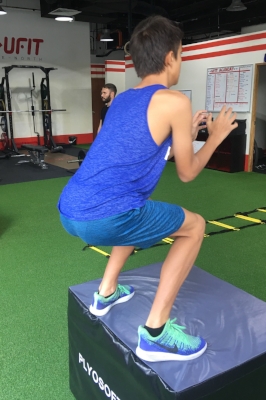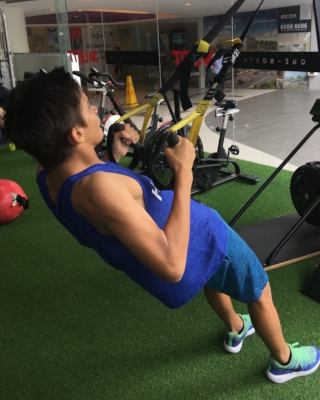Adults often fear that strength training is unsafe for kids - find out in three simple steps how your child can benefit.
As a parent, it’s easy to understand these natural reservations, but it's important we set the record straight. The truth is, strength training is safe and good for kids - when it's done the right way.
Strength training provides many benefits for children and adolescents in a physical and physiological capacity however it may also have a profound effect on their health later on in life as well, and here’s why:
Regular physical activity is essential for normal growth and development and kids should be encouraged to engage in 60 minutes of vigorous activity every day. However, most parents shy away from allowing their children to participate in strength training activities. This is normally down to a belief that performing this type of work can be dangerous for their growth and development or simply a lack of a safe appropriate venue and instructors for them to go.
Research over the last decade has repeatedly suggested that strength training can have a unique benefit for kids when appropriately supervised.
Similar to adults, a structured strength training program can have favorable effects on a child’s musculoskeletal strength, body composition, cardiovascular risk factors, and psycho-social well-being.
When is the right age to introduce them to strength training?
Between the ages of 11 to 16 is an ideal time to develop musculoskeletal strength, this will have a positive effect on a child’s ability to perform life’s everyday activities with greater energy and will increase a young athlete’s resistance to sports-related injury. There is a growing trend in sports-related injuries amongst young athletes this can be caused by muscular imbalances, poor conditioning, and overtraining (doing too much too soon).
Mentoring and learning from highly experienced strength & conditioning coaches are crucial to your child’s development.
Causes of injury
A common cause of injury amongst young athletes is early specialization. This is where a child performs a high amount of training in one particular sport which often leads to overuse injuries due to the repetitive stress on the body. Young athletes should be encouraged to take part in a variety of sports alongside an appropriate strength training program in order to combat repetitive strain and overuse injuries.
It’s not just the physical you need to look into
It is important to stress here that strength training isn’t only important for kids that participate in sport.
One of the most overlooked benefits is on a child’s physiological well-being. Research has suggested the health and body image benefits that come with strength training have improved the self-confidence and physiological health of young boys and girls alongside the social skills that are developed when training in a group setting. Research has also found that physical activity habits that are established in early life tend to carry over into adulthood.
An important part of this is developing what we call fundamental movement skills (FMS) such as jumping, hopping, squatting, pressing, balance, etc. Research has also shown that children who develop these skills at a young age are less likely to be sedentary during adulthood.
Furthermore, children who do not develop mental skills gained throughout sports participation will find it hard to learn these requisite movements which allow them to participate in physical activity and sport later in life, thus affecting their confidence and vigor when it comes to working out.
So what kind of exercises are we talking about?
Box Jump
An important exercise to teach proper landing mechanics for youth athletes. The box takes away some of the landing force, allowing for a better landing. Important to land in a good position, with hips above knees - so don't make the box too high!
Single-Leg Hop, Stick and Catch
Single leg control is really important for most sporting movements and helps to strengthen the ankle knee and hip dynamically. Catching a tennis ball on landing encourages correct posture, and can be progressed by throwing the ball harder to difficult catching positions. It also adds another element of fun to the drill!
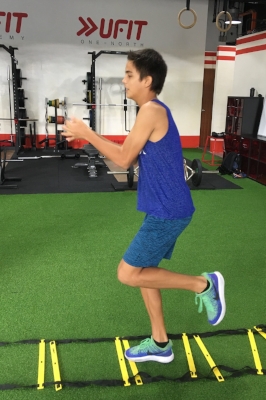 Goblet Squat
Goblet Squat
Squatting is what we call a fundamental movement skill or FMS. It teaches a young athlete the move simultaneously at the ankle knee and hip while maintaining correct posture, as well as building strength and stability in the lower body.
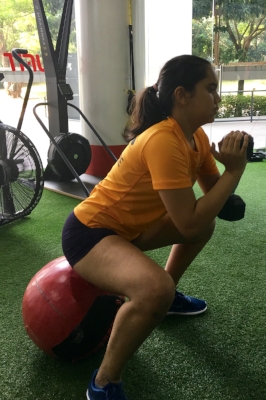 Push-Up
Push-Up
Correct push-ups are much harder than they look! Whole-body stability (like a plank), scapula (shoulder blade) function and control, and strong pushing muscles are taught here. All these things are important for any sports or games, especially those that involve the potential of falls - a strong stable upper body can make landing much safer!
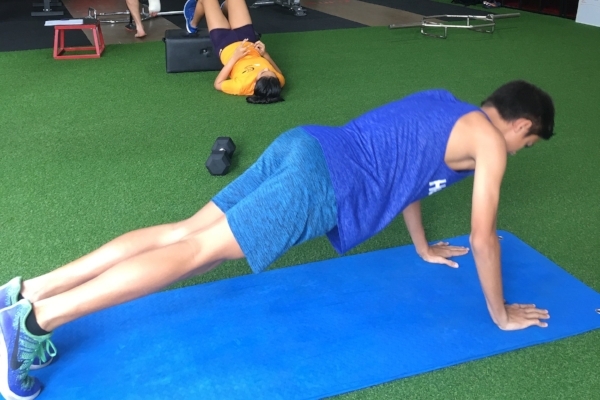 Pull under
Pull under
Similar to the push-up, a pull under works the posterior shoulder and is simply the same movement reversed; again, whole-body control is developed. It's really important for all athletes - not just developing ones - to balance their pushing and pulling exercises.
If there are three things you should take away from this article, then make sure you’re doing this for your child…
- Strength training should be an essential part of a child’s development
- Make sure they are following a supervised and appropriate program both physically and psychologically
- Despite concerns by parents, scientific evidence has proven that strength training provides many benefits not just on improved sporting performance but overall long-term health and well-being.
Does your child need Strength Training guidance?
UFIT Sports for Life offers a chance for young athletes to build a solid athletic foundation through our supervised weekday gym sessions. The program includes instruction of proper movement efficiency, injury reduction training, linear and lateral speed techniques, power development, effective strength training, and energy system conditioning. Athletes are closely supervised by our qualified staff to ensure proper technique and safety. This session is ideal to support any young athlete who plays a regular sport or who is just looking to get fit and healthy.


.png?width=301&height=187&name=Website%20Navigation%20Images%20(3).png)

-1.jpg?width=1984&height=1196&name=UFIT%20Club%20Street%20Front%20(4)-1.jpg)


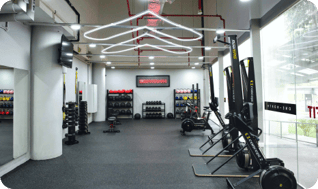


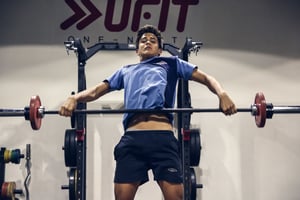
.jpg?width=750&name=IMG_0411%20(1).jpg)
